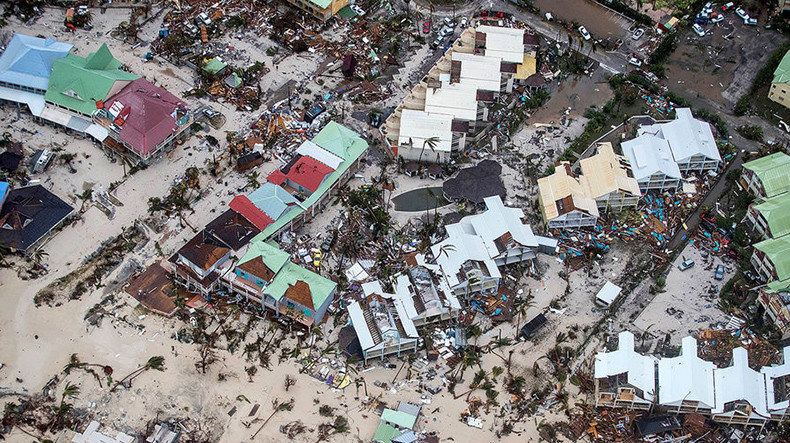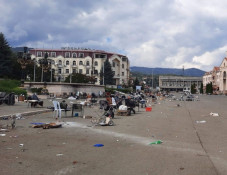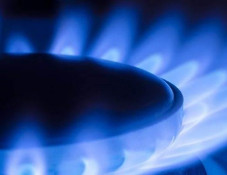
Irma climbs Florida's coast; 'dangerous' storm surges feared
Powerful winds from Hurricane Irma whipped through southwest Florida on Sunday, downing power lines and leaving a trail of debris behind, CNN reports.
Forecasters warned people in the hurricane's path to prepare for "dangerous storm surges" and flash flooding.
Now a Category 2 storm with maximum sustained winds of 105 mph, Hurricane Irma is about 50 miles east-northeast of Fort Myers, Florida, moving north at 14 mph.
Irma is already uprooting trees and turning streets into rivers.
And there's plenty more to come as the storm climbs the coast toward Tampa.
"We're all hanging in there, ready to get out there to help others as soon as it's safe to do so," Marco Island Police Chief Al Schettino said as the storm hit his city on Sunday afternoon.
Hurricane Irma first made landfall in the Florida Keys on Sunday morning, then made landfall in the state again Sunday afternoon when it hit Marco Island.
The storm's impact was widespread. Even areas that didn't face a direct hit from Irma saw flooding and downed power lines. In Riviera Beach, on Florida's east coast, winds partially ripped roofs off two apartment buildings, forcing rescuers to evacuate about 50 people from the complex, the city's mayor said.
Expected to be even more dangerous than the powerful winds are the storm surges that threaten Florida's coastal cities.
"The threat of catastrophic storm surge flooding is highest along the southwest coast of Florida, where 10 to 15 feet of inundation above ground level is expected," the hurricane center said. "This is a life-threatening situation."
To note, U.S. President Donald Trump approved a major disaster declaration on Sunday to help Florida recover from Hurricane Irma, according to Reuters.
Related news
- Irma rakes Cuba as Category 5 hurricane
- Trump declares a state of emergency in Florida, Puerto Rico, and the US Virgin Islands as Hurricane Irma nears
Newsfeed
Videos






























